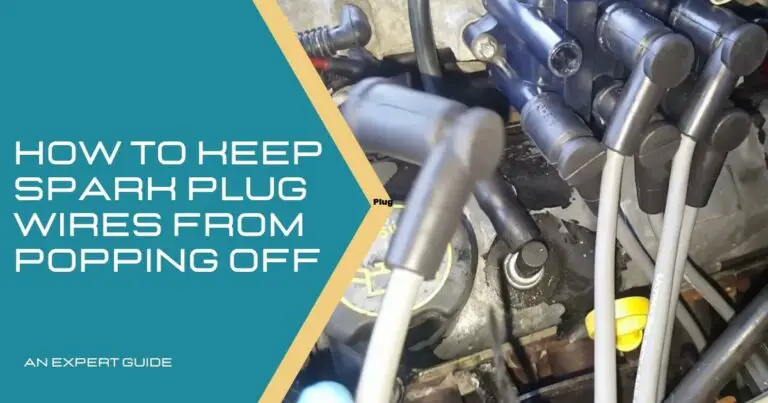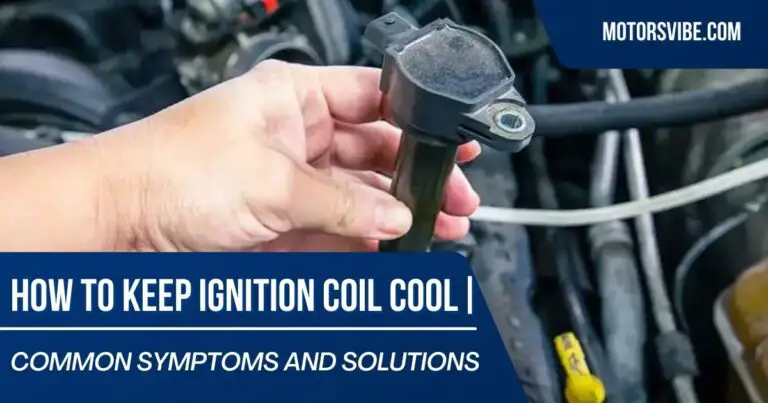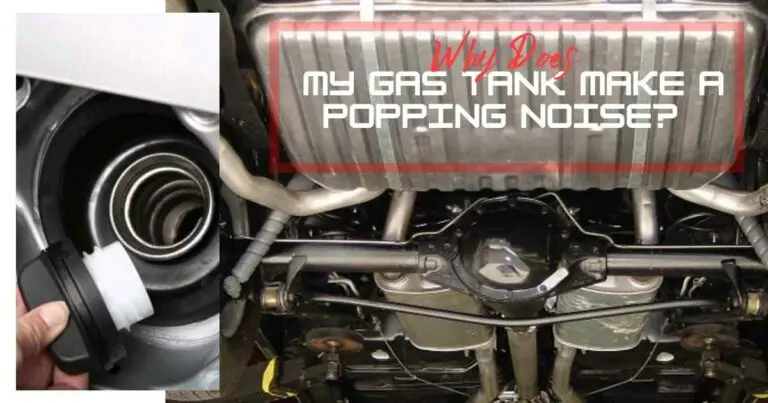Why is My Steering Wheel Hot? Why You Should Not Ignore
The steering wheel is the primary controlling unit in a vehicle. You can change the radio station, pick your favorite music, adjust the air conditioning, and even connect your phone, all without taking your hands off the wheel.
However, one of the most common challenges you can encounter while steering is the wheel getting hot for no apparent reason. The unsettling sensation of a hot steering wheel while driving is a discomfort that can catch any driver off guard. Let’s look at the reasons why this can occur and what you can do to fix it.
Why is My Steering Wheel Hot?
Well, a steering wheel can naturally become warm due to factors like direct sunlight and engine warm-up. These reasons typically cause mild warmth and are considered normal. Furthermore, the warmth should dissipate once you activate the air conditioning and commence driving to your subsequent destination.
Additionally, most modern vehicles utilize a heated steering wheel to provide additional comfort to drivers during cold weather conditions. Once activated, the heated steering wheel gradually warms up, allowing drivers to maintain a comfortable grip in chilly temperatures.
However, if the steering wheel feels excessively hot, or if it is accompanied by other symptoms, then it can be a cause for alarm. As such, excessive heat in the steering wheel could be a sign of potential issues that require attention. Common culprits may include;

Extended Sun Exposure
Extended sun exposure can have significant effects on a parked car, particularly during hot weather. If you park your car under direct sunlight for an extended period, the interior temperature can rise rapidly due to the greenhouse effect.
As the interior temperature increases, various components within the car, including the steering wheel, dashboard, seats, and door panels, are bound to absorb heat. Among these components, the steering wheel can become particularly hot to the touch because it is often made of materials like plastic or leather that readily absorb and retain heat.
Generally, you can counter the effects of extended sun exposure on your car’s interior, by parking in shaded areas or using windshield sunshades to help reduce the temperature inside the vehicle. Additionally, tinting windows or using reflective window shades can also help minimize heat build-up.
Excessive Engine Heat
If you’re experiencing heat coming from under steering wheel, it’s likely due to engine heat. The engine generates a lot of heat while running, and some of this heat can transfer to the steering column, especially if there’s poor insulation or the engine bay is poorly ventilated.
Consequently, prolonged exposure to the engine heat can make the steering column hot to the touch. Generally, proper maintenance of the engine bay, including ensuring adequate insulation and ventilation, can help mitigate this issue and prevent excessive heat transfer to the steering column.
Brake Issues
If there are problems with your brakes, such as a dragging brake caliper or excessive friction, it can cause heat to build up in the wheels and transfer to the steering components. As a result, the steering wheel may become excessively hot to the touch.
Furthermore, excessive heat can compromise the integrity of steering system components, such as the steering rack, tie rods, and steering column. To be on the safe side, it’s imperative to address brake issues as soon as possible to prevent further damage and ensure the safety of your vehicle.
Aggressive Driving Habits
Aggressive driving, such as rapid acceleration, hard braking, and sharp turns, is likely to put additional strain on the steering components. The increased strain, in turn, generates friction between moving parts, leading to heat buildup.
Similarly, driving in stop-and-go traffic requires frequent steering inputs, which can also contribute to friction and heat generation in the steering system. The best way to mitigate these risks is to drive smoothly and avoid aggressive maneuvers whenever possible.
Exhaust Heat
Exhaust systems generate a significant amount of heat as a byproduct of the combustion process in the engine. If there’s a leak in the exhaust system or if the components are positioned too closely to the steering column, heat can transfer to the steering components.
Therefore, it’s essential to ensure that the exhaust system is properly maintained and that there are no issues that could make heat transfer to the steering components. If you notice your steering wheel becoming excessively hot while driving, it’s advisable to investigate if the exhaust system is behind the problem.
Low Power Steering Fluid
Power steering fluid serves as a lubricant and hydraulic medium in the power steering system. If the fluid level is low, it compromises lubrication, leading to increased heat generation as components rub against each other. As such, you may want to check and maintain proper power steering fluid to minimize heat build-up and ensure smooth operation of the steering system.
Excessive Wear or Damage
The steering components are bound to wear out due to factors like normal use, road conditions, and lack of maintenance. When this happens, it can result in misalignment or increased resistance during steering movements. The resistance, in turn, leads to greater friction between moving parts, thereby generating heat as a byproduct. This can make the steering wheel feel excessively hot than usual.
Why is My Heated Steering Wheel Not Working?
As we mentioned earlier, a heated steering wheel is a feature in modern vehicles that warms the surface of the steering wheel to provide comfort to the driver, particularly in cold weather conditions. Heated steering wheels are often found in luxury vehicles or as part of premium packages in mid-range vehicles. This feature helps reduce the discomfort of holding onto a cold steering wheel during winter.
The heating element is integrated into the steering wheel itself and can be activated via a control button or through the vehicle’s infotainment system. When activated, the heating element begins to warm up the surface of the steering wheel, making it more comfortable to grip, especially when the temperature outside is low.
However, the heated steering wheel may fail to work as expected due to unforeseen reasons. If your heated steering wheel is not working, it can compromise your ability to steer the vehicle, especially during winter months. That said, here are some of the reasons why a heated steering wheel may fail to work;
Blown Fuse
Whenever the fuse for the steering wheel circuit blows due to a power surge, short circuit, or other electrical issue, it interrupts the flow of electricity to the heating element. As a result, the heating element cannot receive power, meaning the heated steering wheel will not function until you replace the blown fuse.
Wiring Issues
Wiring issues are another common reason your heated steering wheel may fail to work. If the wiring connected to the heating element becomes damaged or too loose, the electricity will not reach the heating element effectively. As a result, the heated steering wheel may not activate when needed.
Heating Element Fault
The heating element is typically embedded within the steering wheel and generates warmth when activated. If the heating element fails, it may not generate sufficient heat or fail to function altogether.
Control Module Glitch
Sometimes, the control module can fail due to electrical faults, software glitches, or physical damage, which can prevent the heated steering wheel system from working correctly. This often manifests as the heating element not activating at all, not reaching the desired temperature, or exhibiting erratic behavior.
Low Battery Voltage
Insufficient voltage from the vehicle’s battery can impact the performance of electrical systems, including the heated steering wheel. If the battery voltage drops below a certain level, it may not provide enough power to activate the heating element effectively.
The Final Thoughts
If you’re a car owner, it’s important to pay attention to any signs that may suggest something may be amiss with your vehicle. If you notice unusual occurrences like an excessively hot steering wheel, particularly heating up from the center, it’s crucial not to ignore them. Consider taking your car in for immediate inspection to help prevent further damage and mitigate the risk of encountering issues that could compromise your safety on the road.






